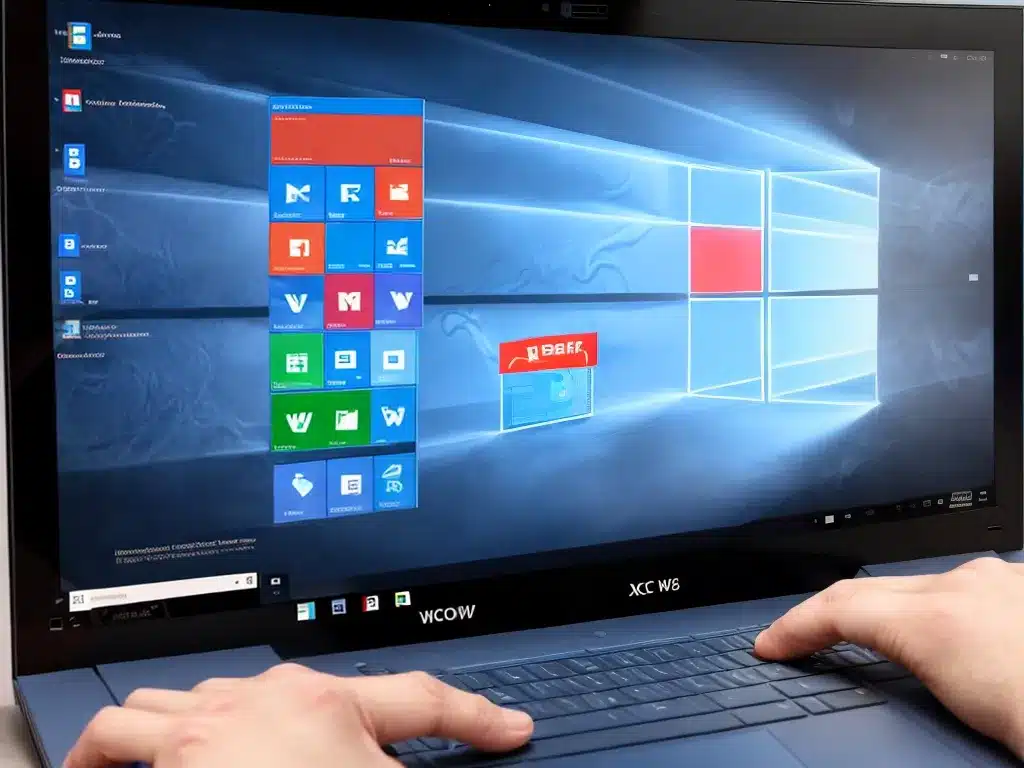
Introduction
With the release of Windows 11 in 2021, Microsoft introduced new system requirements that aim to provide users with the best possible experience. Before installing Windows 11, it’s important to check if your PC meets the minimum requirements to run the new operating system smoothly. In this article, I’ll walk you through the key requirements and show you how to check if your PC is compatible.
Hardware Requirements
Microsoft has set minimum hardware requirements for Windows 11. Your device needs to have the following:
Processor
- 1 gigahertz (GHz) or faster with 2 or more cores on a compatible 64-bit processor or System on a Chip (SoC)
- Examples: Intel 8th gen Coffee Lake or Zen 2 and Qualcomm 7 and 8 Series
Your processor model needs to be on the Windows 11 compatible processors list. Older processors will not support Windows 11.
RAM
- 4 gigabytes (GB) of RAM or above
More RAM allows Windows 11 to manage multiple apps smoothly.
Storage
- 64 GB or larger storage device
The OS itself takes up a good chunk of storage, so your device needs at least 64 GB.
System Firmware
- UEFI, Secure Boot capable
UEFI and Secure Boot need to be enabled. Older BIOS firmware is not supported.
Graphics Card
- Compatible with DirectX 12 or later with WDDM 2.0 driver
An integrated graphics card is fine for most people. Discrete graphics cards with DirectX 12 support also work.
Display
- High definition (720p) display greater than 9” diagonally, 8 bits per color channel
Any modern laptop, desktop monitor or TV should meet this.
Internet Connection
- Windows 11 Home edition requires internet connectivity and a Microsoft account to complete device setup on first use.
You’ll need an active internet connection during the initial device setup.
TPM
- Trusted Platform Module (TPM) version 2.0
This hardware security module ensures secure encryption of information. Most laptops and desktops made after 2018 have a TPM.
Checking Windows 11 Compatibility
Now that you know the requirements, here are two ways to check if your PC meets them:
Use the PC Health Check App
-
Go to Microsoft’s website and click on “Check if your PC meets system requirements”.
-
Download and install the PC Health Check app on your current Windows device.
-
Open the app. It will only take a few seconds to scan your device’s hardware and specifications.
-
The app will let you know if your PC meets requirements or not. It also shows you which requirements are not met, if any.
Check Manually in Settings
-
Go to Settings > System > About.
-
Under the Device specifications section, go through each hardware item like processor, RAM, etc.
-
Compare the details with Windows 11 requirements above to verify compatibility.
For example, check if your PC’s processor is on the processor compatibility list.
- Also go to Settings > Recovery and check that Secure Boot is enabled under Advanced startup.
Following these steps will help you determine if your current Windows PC meets the minimum system requirements for upgrading to Windows 11. If not, you may need to upgrade certain hardware first before installing the new OS.
What If Your PC is Not Compatible?
If your hardware doesn’t meet Windows 11 requirements, here are a few options:
- Upgrade components like RAM, storage or processor if possible.
- Continue using your current Windows version (Windows 10) which Microsoft will support until October 2025.
- Consider buying a new PC that comes ready with Windows 11.
- Clean install Windows 10 and use it without security updates after 2025.
Upgrading specific components like RAM or storage is easy. But replacing the CPU or motherboard is expensive, so it may be better to continue on Windows 10.
When buying a new PC, ensure it has a compatible processor, TPM 2.0 module, and Secure Boot. Many PCs and laptops from 2018 onwards meet Windows 11 requirements.
Conclusion
Checking your PC for Windows 11 compatibility is straightforward using the Health Check app or Settings. Look for the processor, RAM, TPM 2.0 and Secure Boot requirements mainly. If your hardware is not compatible, you can either upgrade, keep using Windows 10, or buy a new system. With compatible hardware, you’ll be able to install and experience Windows 11 without issues.












